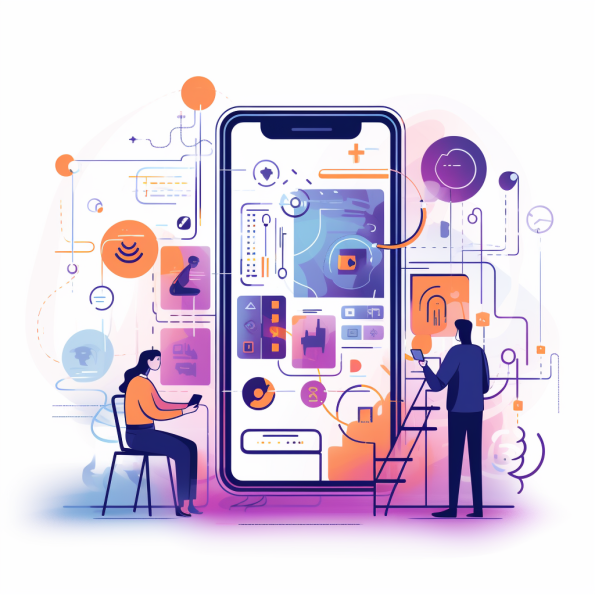The Role of AI in Enhancing UX/UI Design

In the digital age, the user experience (UX) and user interface (UI) design landscape is undergoing a transformative shift, thanks to the integration of Artificial Intelligence (AI). AI’s capabilities are not just limited to data analytics and automation; it’s reshaping the way designers approach, conceptualize, and implement their designs. Let’s delve into how AI is revolutionizing the UX/UI design realm.
Introduction
The fusion of AI with UX/UI design is a match made in digital heaven. As user expectations evolve, designers are constantly seeking innovative ways to create more personalized, intuitive, and efficient interfaces. AI emerges as a powerful ally in this quest.
1. Personalized User Experiences
AI algorithms analyze user behavior, preferences, and interactions to deliver tailored content and design elements. This level of personalization ensures that users see what’s most relevant to them, enhancing user satisfaction and engagement.
2. Predictive Design
By analyzing vast amounts of user data, AI can predict future user actions and preferences. This predictive capability allows designers to create interfaces that are always one step ahead, offering suggestions and features that users might need next.
3. Automated A/B Testing
Traditional A/B testing can be time-consuming. AI accelerates this process by automatically testing different design variations, analyzing user responses, and determining the most effective design elements.
4. Voice-Activated Interfaces
Voice assistants like Siri, Alexa, and Google Assistant are prime examples of AI-driven UX. These conversational interfaces provide users with a hands-free, intuitive way to interact with digital platforms.
5. Enhanced Accessibility
AI tools can analyze websites and apps for accessibility issues, ensuring that digital platforms are usable by people with disabilities. This not only enhances user experience but also promotes inclusivity.
6. Dynamic Content Creation
AI can dynamically adapt content based on user behavior, location, and preferences. Whether it’s changing visuals, text, or layout, AI ensures that the content is always relevant to the user.
7. Efficient Prototyping
AI-driven design tools can quickly generate design prototypes based on specific criteria, allowing designers to visualize concepts faster and iterate more efficiently.
Conclusion
The integration of AI in UX/UI design is ushering in a new era of digital experiences. As AI continues to evolve, its influence on design will only grow, offering endless possibilities for creating user-centric, efficient, and innovative interfaces.





